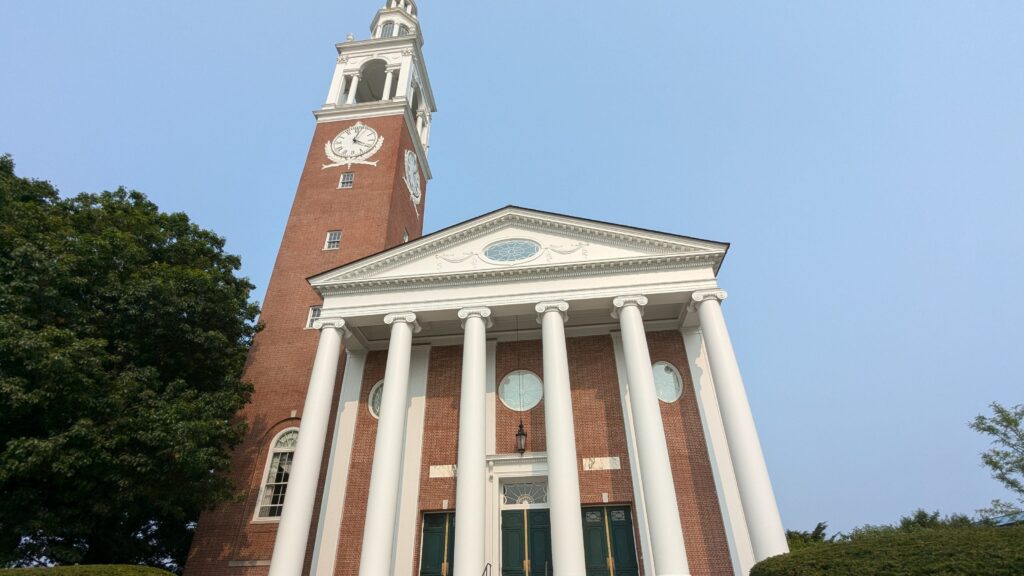
The annual U.S. News & World Report list of America’s best colleges has been released, with one Vermont school named on the list and several others recognized as liberal arts colleges.
This publication annually releases rankings of the best overall universities based on several factors, including academic reputation, cost of attendance, and return on investment.
The University of Vermont made the national list, tied for 121st place.
Several New England area universities scored high on the list, including Massachusetts Institute of Technology and Harvard University.
Here’s what you need to know:

Best universities in the country according to US News & World Report’s annual rankings
Several universities in the New England area ranked high on this year’s list of Best Universities by U.S. News & World Report. The top 10 are:
Princeton University Massachusetts Institute of Technology Harvard University Stanford University Yale University 6. California Institute of Technology (tie) 6. Duke University (tie)6. Johns Hopkins University (tied) 6. Northwestern University (tied) University of Pennsylvania
Best Universities in Vermont, according to US News & World Report’s annual rankings
This year, one of Vermont’s universities was named to U.S. News & World Report’s list of the nation’s best universities. The University of Vermont tied for 121st place.
However, while many Vermont schools did not make the national list, several schools were named best national liberal arts colleges. Here’s how they fared on that list.
19th Middlebury College (tied)
114th Bennington College (tied)
122nd St. Michael’s College (tied)
Additionally, several Vermont schools made the list of the best universities in the northern region.
101. Champlain College (tied)
101st Norwich University (tie)
135th Castleton University (tied)
151-165. vermont state university
How U.S. News & World Report calculates rankings for its Best Colleges list
U.S. News & World Report determines its annual Best Colleges list by evaluating nearly 1,500 colleges using more than a dozen “academic quality” categories, the publication said in a release. said.
More than half of the school rankings are calculated based on outcome measures such as graduation rates and post-graduation earnings rates, according to the release.
The rest of the score is calculated using data such as faculty salaries, student-to-faculty ratios, and standardized test scores.



